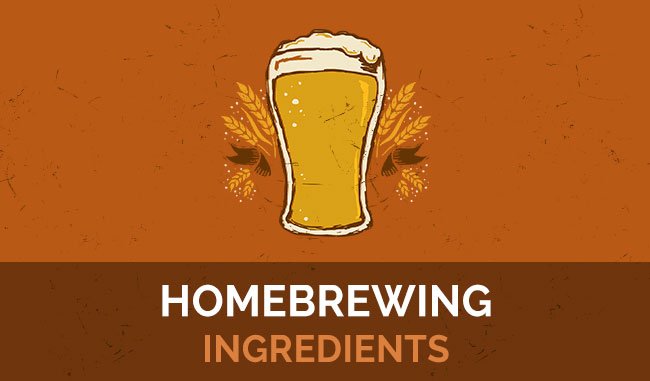 Welcome in the third article about homebrewing. So far, you were able to get acquainted with the basic brewing process and the equipment that is necessary to brew at home. But what would it all be without the ingredients? Although they seem obvious, decided that it is worth to write about it. Maybe at least some of you will find out something new :)
Welcome in the third article about homebrewing. So far, you were able to get acquainted with the basic brewing process and the equipment that is necessary to brew at home. But what would it all be without the ingredients? Although they seem obvious, decided that it is worth to write about it. Maybe at least some of you will find out something new :)
 The basic ingredient of beer is water. It has an essential impact on its quality since it represents 90-95% of the finished beer. It is used not only for mashing, filtration and sparging steps during the wort preparation but also for technical purposes as cooling down the wort or cleaning the equipment.To brew some kinds of beer we need a water with a specific hardness, but for brewing at home it is usually sufficient to use the tap water. If there is a lot of chlorine in it, just boil it and wait till the smell is gone. You can also use a spring water, but it is not recommended to use a mineral one. Personally, I would risk the statement that every potable water is good enough for homebrewing, although sometimes it may require some purification. I have never checked how much water is needed during the whole brewing process, but if I had to guess, I would say that for brewing 25 litres of beer we need more than 50 litres.
The basic ingredient of beer is water. It has an essential impact on its quality since it represents 90-95% of the finished beer. It is used not only for mashing, filtration and sparging steps during the wort preparation but also for technical purposes as cooling down the wort or cleaning the equipment.To brew some kinds of beer we need a water with a specific hardness, but for brewing at home it is usually sufficient to use the tap water. If there is a lot of chlorine in it, just boil it and wait till the smell is gone. You can also use a spring water, but it is not recommended to use a mineral one. Personally, I would risk the statement that every potable water is good enough for homebrewing, although sometimes it may require some purification. I have never checked how much water is needed during the whole brewing process, but if I had to guess, I would say that for brewing 25 litres of beer we need more than 50 litres.
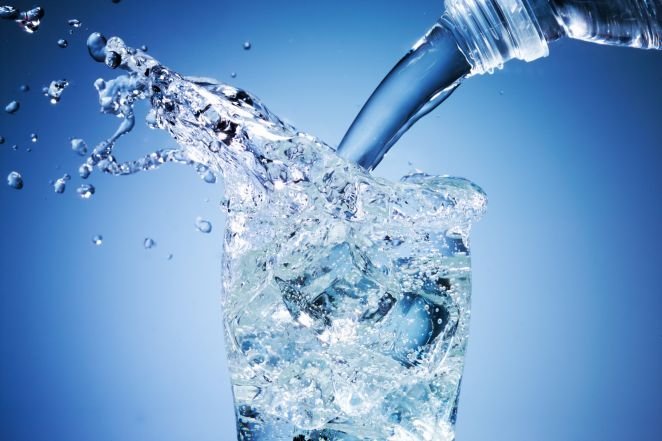
source
 Malt is nothing but a product of barley processing in a process called malting - you can probably remember this from my first post about homebrewing. Even on the industrial level, it is a rather complicated process, I can’t imagine doing it at home, that’s why I won’t even try to describe it. If there will be such need, I will try to get the appropriate knowledge and make a separate post about it. Malt can be called a “heart” of a beer. It is responsible for its taste, colour and alcohol content. For brewing purposes, we use the special kind of barley. Why? Mostly because it has a high starch content and appropriate (10-12%) protein content. A barley husk is a natural filter material, it also has a very good impact on a beer taste. As you can remember from the previous articles, we use ground malt in homebrewing. It can be done at home, but it is definitely easier to buy the grains that are already ground. The beer can be made from one or more kinds of malt, mixed together. To brew 25 litres of beer at home you will need around 4-5 kilograms of malt.
Malt is nothing but a product of barley processing in a process called malting - you can probably remember this from my first post about homebrewing. Even on the industrial level, it is a rather complicated process, I can’t imagine doing it at home, that’s why I won’t even try to describe it. If there will be such need, I will try to get the appropriate knowledge and make a separate post about it. Malt can be called a “heart” of a beer. It is responsible for its taste, colour and alcohol content. For brewing purposes, we use the special kind of barley. Why? Mostly because it has a high starch content and appropriate (10-12%) protein content. A barley husk is a natural filter material, it also has a very good impact on a beer taste. As you can remember from the previous articles, we use ground malt in homebrewing. It can be done at home, but it is definitely easier to buy the grains that are already ground. The beer can be made from one or more kinds of malt, mixed together. To brew 25 litres of beer at home you will need around 4-5 kilograms of malt.
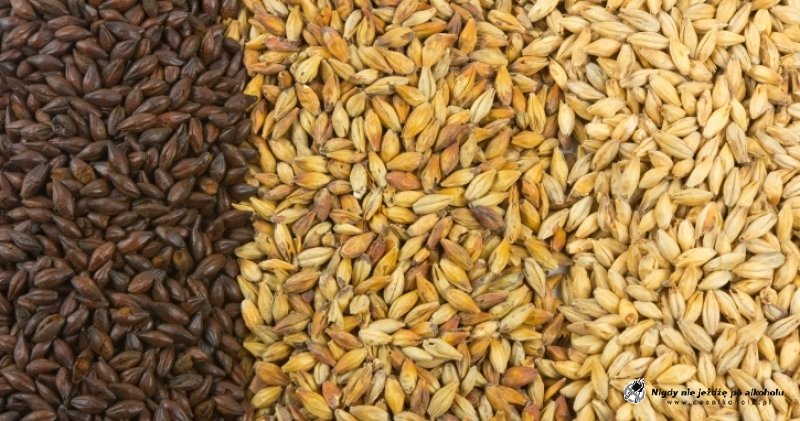
source
 Hop in beer is just a spice, but very important, mostly for its taste but also an aroma. For every brewer, the most important part of it is the hop cone. Interestingly, hops have not always been used in beer production. Sometimes, even for centuries, it fell into oblivion and was rediscovered. An example of a beer that has been produced for a long time without the use of hops is English ALE. In beer, hop provides bitter, but not only. Hardly anyone knows that acids and resins contained in hop have a beneficial impact on beer durability because they eliminate the bacteria growth in it. That’s not all - hops also stabilize the foam and improve the clarity of the beer.
Hop in beer is just a spice, but very important, mostly for its taste but also an aroma. For every brewer, the most important part of it is the hop cone. Interestingly, hops have not always been used in beer production. Sometimes, even for centuries, it fell into oblivion and was rediscovered. An example of a beer that has been produced for a long time without the use of hops is English ALE. In beer, hop provides bitter, but not only. Hardly anyone knows that acids and resins contained in hop have a beneficial impact on beer durability because they eliminate the bacteria growth in it. That’s not all - hops also stabilize the foam and improve the clarity of the beer.
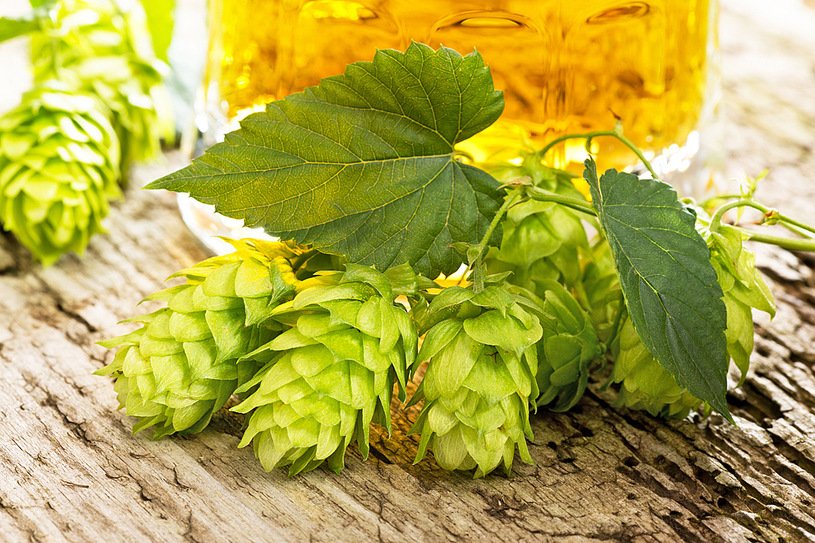
source
There are three kinds of hop: aroma, bittering and universal. The difference between them is the amount of alpha and beta acids. If alpha acids in the hop are at low level, then it is aroma hop with a little impact on the beer taste. If the alpha acids level is high, it is bittering hop. In home and especially industrial brewing, no one use hop cones - we are using the hop granules, which is much more convenient to use.
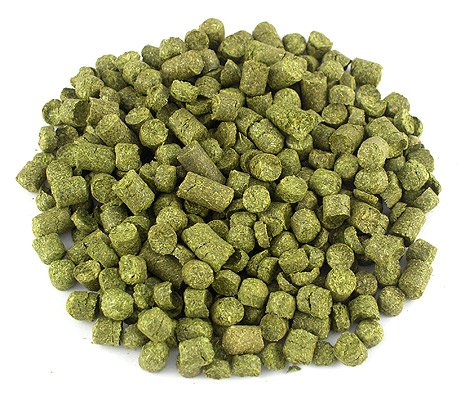
source
 Proper selection of yeast is very important in homebrewing. People often said that “a brewer makes a wort, a yeast makes a beer” :) The main yeast task is to convert the bulk of fermentable sugars into alcohol. But that’s not all, during the fermentation, besides the alcohol and carbon dioxide a bunch substances are produced and they have a lot of impact on quality and taste of beer.
There are two kinds of yeast that are suitable for brewing. First are a lager yeast which is fermenting in less than 10°C and the second are ale yeast which is fermenting in 15-20°C. Ale yeast are perfect for homebrewing, because it is easier to fit the needed conditions.
Proper selection of yeast is very important in homebrewing. People often said that “a brewer makes a wort, a yeast makes a beer” :) The main yeast task is to convert the bulk of fermentable sugars into alcohol. But that’s not all, during the fermentation, besides the alcohol and carbon dioxide a bunch substances are produced and they have a lot of impact on quality and taste of beer.
There are two kinds of yeast that are suitable for brewing. First are a lager yeast which is fermenting in less than 10°C and the second are ale yeast which is fermenting in 15-20°C. Ale yeast are perfect for homebrewing, because it is easier to fit the needed conditions.
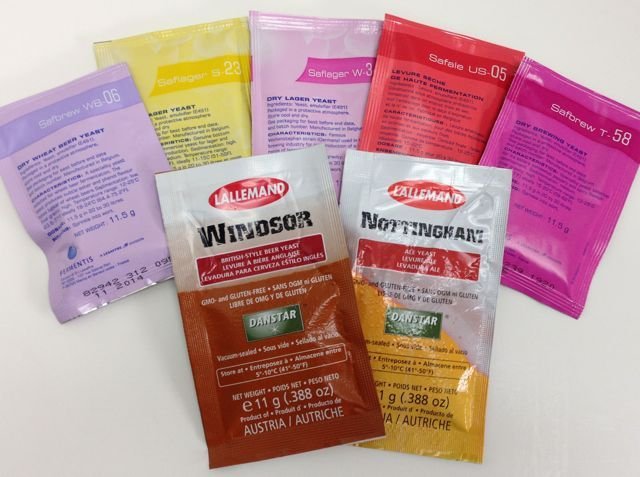
source
You can buy dry or liquid yeast for homebrewing purposes. Both have their advantages and disadvantages. Selecting yeast depends on your brewing plans and needs. Dry yeasts are cheaper, more durable and easier to keep. Liquid ones are not so easy in handling and are more expensive. Both types, however, can be recovered and used again, but it’s not an easy process to be done. There are some people who grow their own yeast, but I have to admit that for me is like black magick ;)

source
 Other ingredients that can be used in a lot of beer kinds are also providing the sugar into the wort. This sugar is further converted into alcohol and carbon dioxide like the sugars from the malts. I will just simply mention some of them - maybe in the future, I will create an in-depth article about them. So, most often those ingredients are wheat, oat, corn, rice, spelt or sorghum. Other examples are various kinds of sugar, glucose, all bunch of sugar syrups, juices, honey, spices or fruits. The best fruits are in this case raspberries, cherries, peaches, apples or bananas.
We reached to the end :) The knowledge gained from this article, together with the information from the previous two, should be sufficient enough for everyone, even a layman to prepare the wort and as a consequence brew a personal beer :)
Other ingredients that can be used in a lot of beer kinds are also providing the sugar into the wort. This sugar is further converted into alcohol and carbon dioxide like the sugars from the malts. I will just simply mention some of them - maybe in the future, I will create an in-depth article about them. So, most often those ingredients are wheat, oat, corn, rice, spelt or sorghum. Other examples are various kinds of sugar, glucose, all bunch of sugar syrups, juices, honey, spices or fruits. The best fruits are in this case raspberries, cherries, peaches, apples or bananas.
We reached to the end :) The knowledge gained from this article, together with the information from the previous two, should be sufficient enough for everyone, even a layman to prepare the wort and as a consequence brew a personal beer :)
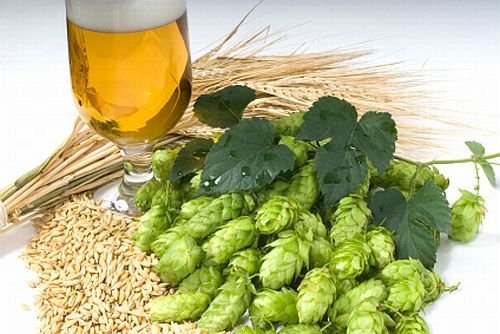
source
See also:
HomeBrewing - the basic process description
HomeBrewing - the needed equipment
 Appreciate the content? VOTE UP, RESTEEM and FOLLOW@imperfect-one
Appreciate the content? VOTE UP, RESTEEM and FOLLOW@imperfect-one
























